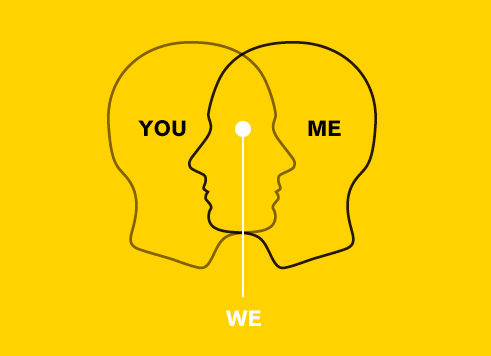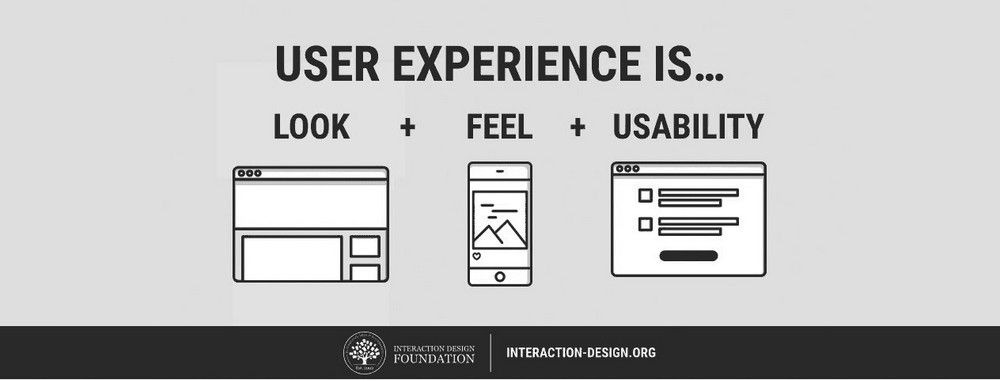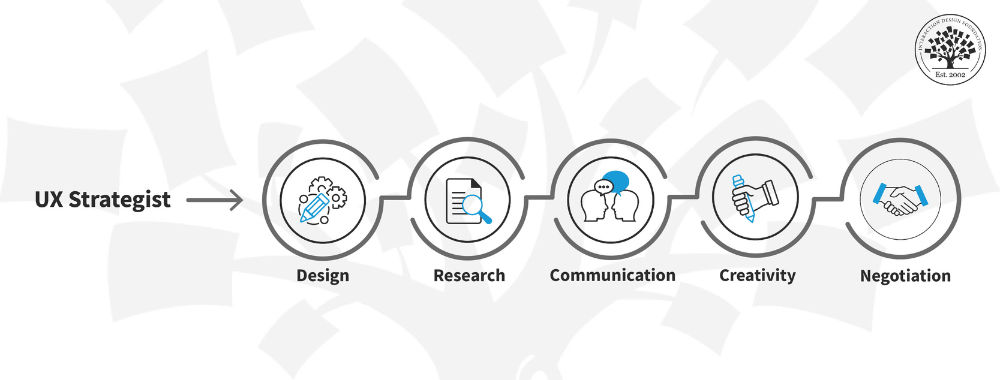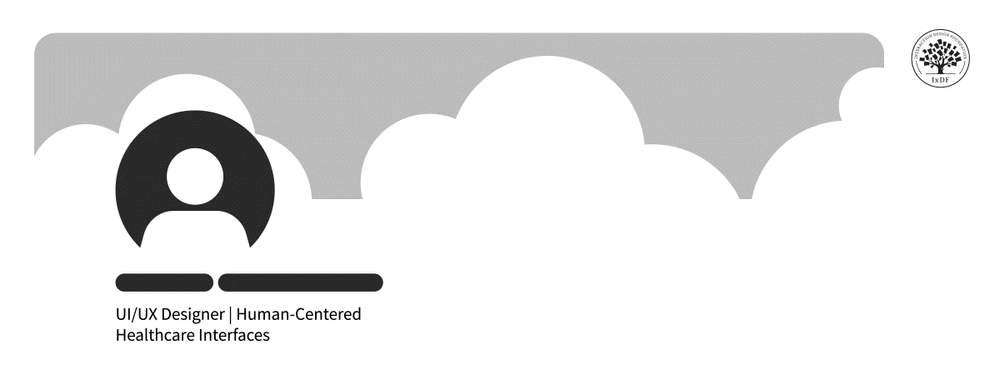One of the most challenging things for a User Experience Manager is getting the rest of the organization to buy into your ideas. Many a UX project has run ashore on the rocks of organizational indifference. You can do all the research and all the design work you like; if the people you work with don’t want to hear what you have to say – the end result is that your work won’t gain the traction that you need it to.
The trouble is that until your work is made use of, the vast majority of organizations tend to make decisions on a semi-democratic basis. That means if you can’t convince the development team they’re going to keep heading in the direction that they want to regardless of your input. So how do you convince the people around you to use the work that you create?
The simple answer is to bring some of your UX skills to bear on creating a better user experience for those who should be using your work.
Examine Your Internal Users in the Same Way as Your External Users
You wouldn’t dream of conducting your work without the users of your product being thoroughly involved. Yet, when it comes to the people that will use our work… many of us forget to involve them in a similar way.
You need to conduct some research and study the people around you. Who are they? What are their areas of responsibility? What do they need to achieve to meet their own objectives? What do they represent? What are their communication styles?
If you can appreciate the motivations of different decision makers and influencers; you can start to develop your work so that it involves them in a way that they can relate to. They aren’t going to support someone who arrives with a cheery grin on the day of the decision making process and then tells them what’s needed. That’s a recipe for disaster. Your work with your colleagues and stakeholders must begin much earlier than that.

Then Learn to Empathize With those Internal Users
You will already have empathy in spades for the users of the product. It’s what makes you a great UX professional. You spend a lot of time learning to walk a mile in their shoes so that you can accurately reflect their needs and their concerns. The same pattern of behaviour is required within the organization.
If you don’t care about what the developers think; why would they care about what you think? If you can get to grips with their day-to-day grind and learn to harness their needs, wants, concerns, etc. to work together then you’re heading in the right direction.
You don’t need to spend as much time evangelising the benefits of user experience design if people feel that you’re part of their team. If you work alongside them and try to incorporate their needs in the work you do – they’ll be only too happy to support you. It’s a natural human reaction to dismiss those who try to tell us what to do and to promote those who work in partnership with us.
Sit down with the people who matter to your ability to achieve your objectives and learn from them. Listen to them, empathize and move forward with them.

Think Long-Term Partnerships
It’s unlikely that you will win the battle in the first engagement. It takes time for people to trust and to value each other. You’re not on a tight schedule; you may not win every argument in your first project but you will certainly, over time, develop the kind of relationships where you can begin to rely on the people around you for support.
Again, this is the same kind of relationship that you will be looking to develop with your users. UX professionals don’t expect an instant understanding and mutual compatibility with users – they work very hard to establish that kind of understanding. You have to do the same within the team.
You need to regularly re-engage with the people around you, you need to understand when their goals or objectives move (as they are prone to do in corporate life). You need to be sensitive to when new people join the team or older established folks leave. These minor changes, from an external perspective, can wreak havoc on your plans if you’re not prepared for them.
You should also consider when to give ground. UX work can often feel like a daily struggle against everyone else in the building. If you fight every corner and never concede an inch of territory – in the long run nobody will want to deal with you. The art of compromise is very much a necessary part of building long-term partnerships.

Don’t Waste an Opportunity to Educate People About UX
One of the other reasons that your work meets resistance is that your colleagues may not really understand what it is that you do. While you’re out studying your team and empathizing with them – you can also spend a little time explaining what it is that you do.
Don’t talk down to people – you’re trying to educate not indoctrinate. You might want to consider walking people through the language of what you do; unfamiliar terms make us all feel a little foolish and they can turn people off without you realizing it.
Then you might want to explain the research that you do, how it’s conducted, why it’s conducted, etc. and the key objectives that you focus on.
Finally, you might also want to help people assess the quality of your work. How will they know if you’ve done a good job? It can be scary to hand over judgment of your work to others but ultimately, unless they judge your work fit-for-purpose, it’s always going to be ignored.

Summary
The key to getting buy in for user research is simply to treat your internal team as users and bring all the skills you use with external users to develop long lasting mutually beneficial relationships.
Image Source:
The National Skills Academy (link to image), Govloop (link to image), Peak Focus (link to image), CorpCo (link to image), John Ezra Dew (link to image)











